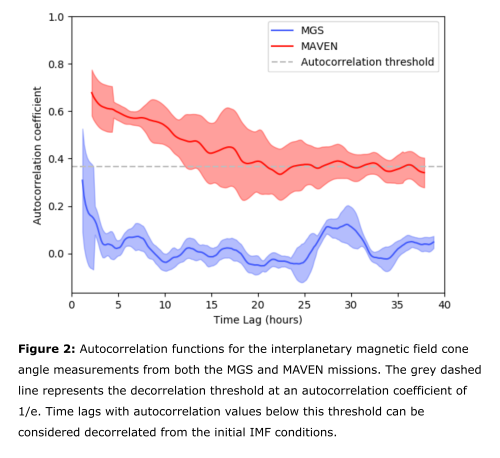The H2020 Europlanet-2020 programme, which ended on Aug 31st, 2019, included an activity called PSWS (Planetary Space Weather Services), which provided 12 services distributed over four different domains (A. Prediction, B. Detection, C. Modelling, D. Alerts) and accessed through the PSWS portal (http://planetaryspaceweather-europlanet.irap.omp.eu/):
A1. 1D MHD Solar Wind Prediction Tool – HELIOPROPA,
A2. Propagation Tool,
A3. Meteor showers,
A4. Cometary tail crossings – TAILCATCHER,
B1. Lunar impacts – ALFIE,
B2. Giant planet fireballs – DeTeCt3.1,
B3. Cometary tails – WINDSOCKS,
C1. Earth, Mars, Venus, Jupiter coupling- TRANSPLANET,
C2. Mars radiation environment – RADMAREE,
C3. Giant planet magnetodiscs – MAGNETODISC,
C4. Jupiter’s thermosphere, D. Alerts.
In the framework of the starting Europlanet-2024 programme, SPIDER will extend PSWS domains (A. Prediction, C. Modelling, E. Databases) services and give the European planetary scientists, space agencies and industries access to 6 unique, publicly available and sophisticated services in order to model planetary environments and solar wind interactions through the deployment of a dedicated run on request infrastructure and associated databases.
C5. A service for runs on request of models of Jupiter’s moon exospheres as well as the exosphere of Mercury,
C6. A service to connect the open-source Spacecraft-Plasma Interaction Software (SPIS) software with models of space environments in order to compute the effect of spacecraft potential on scientific instruments onboard space missions. Pre-configured simulations will be made for Bepi-Colombo and JUICE missions,
C7. A service for runs on request of particle tracing models in planetary magnetospheres,
E1. A database of the high-energy particle flux proxy at Mars, Venus and comet 67P using background counts observed in the data obtained by the plasma instruments onboard Mars Express (operational from 2003), Venus Express (2006–2014), and Rosetta (2014–2015);
E2. A simulation database for Mercury and Jupiter’s moons magnetospheres and link them with prediction of the solar wind parameters from Europlanet-RI H2020 PSWS services.
A1. An extension of the Europlanet-RI H2020 PSWS Heliopropa service in order to ingest new observations from Solar missions like the ESA Solar Orbiter or NASA Solar Parker Probe missions and use them as input parameters for solar wind prediction;
These developments will be discussed in the presentation.
The Europlanet 2020 Research Infrastructure project has received funding from the European Union's Horizon 2020 research and innovation programme under grant agreement No 654208.
The Europlanet 2024 Research Infrastructure project has received funding from the European Union's Horizon 2020 research and innovation programme under grant agreement No 871149.


